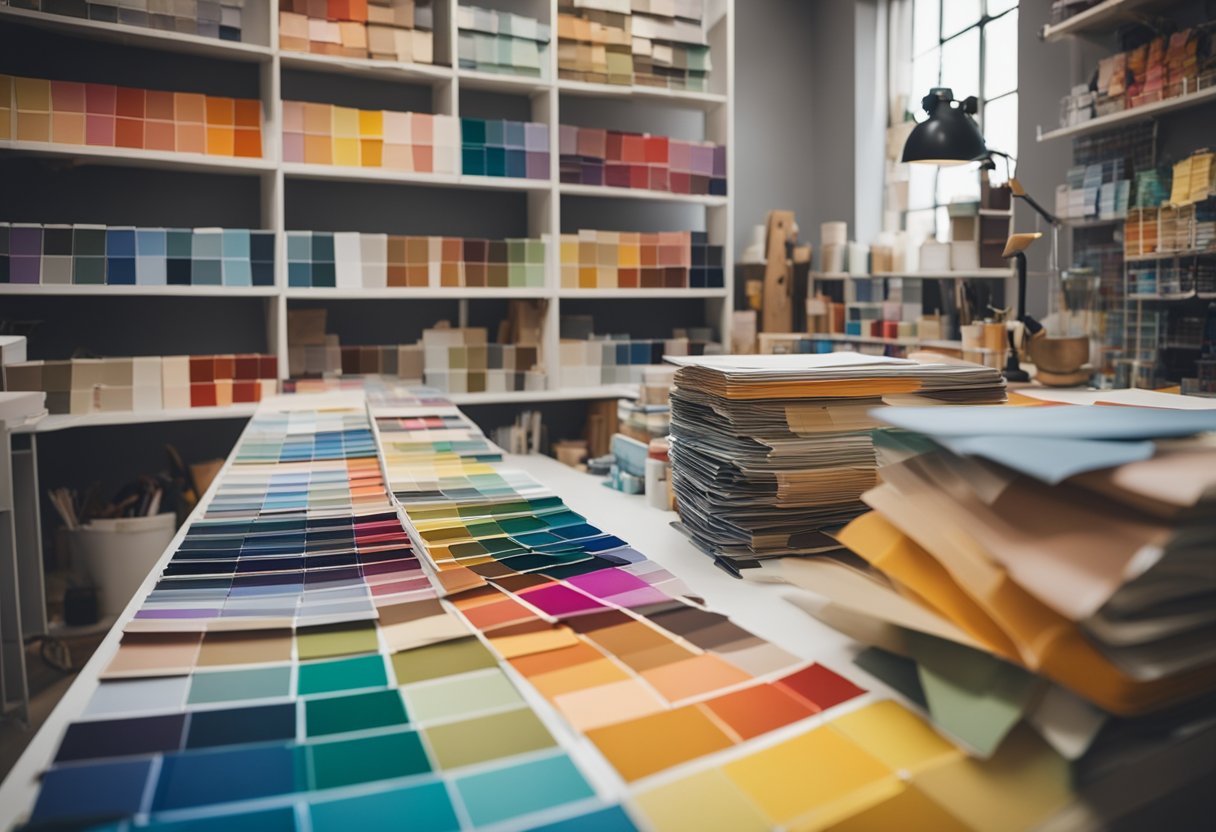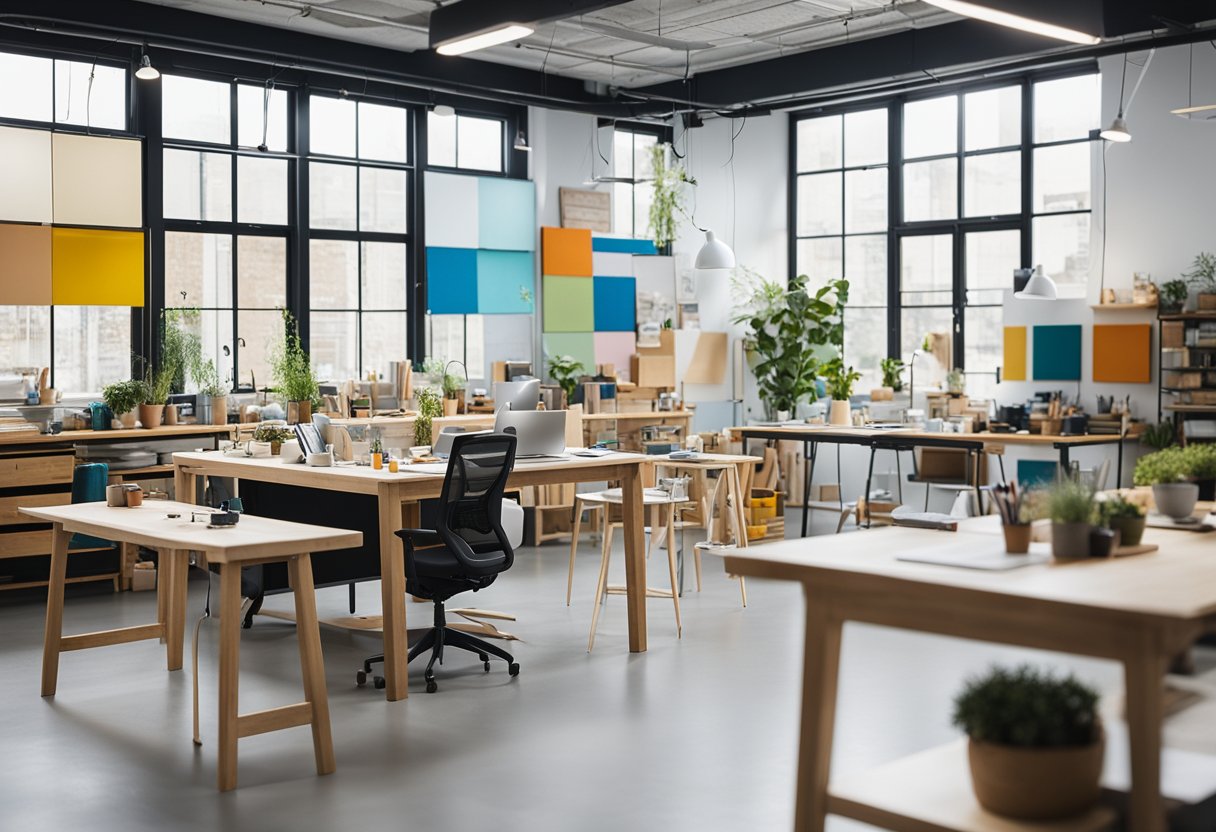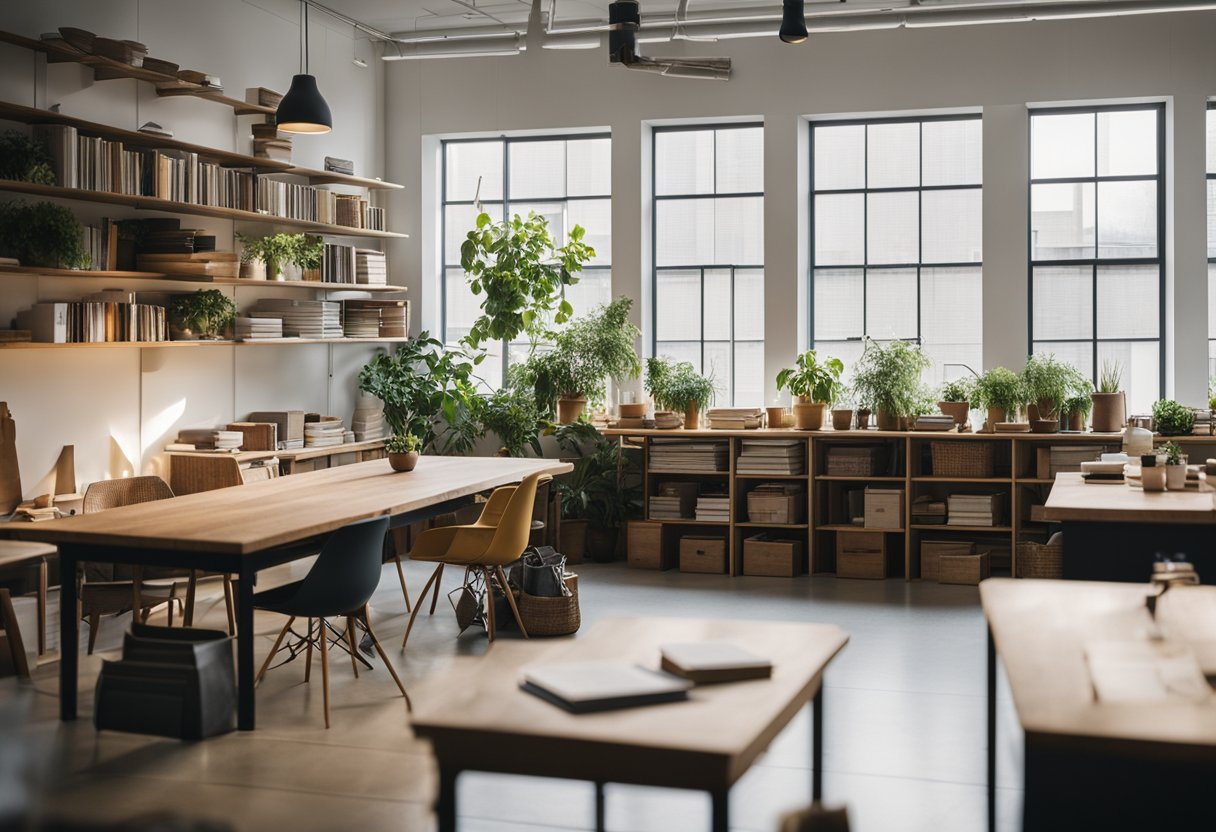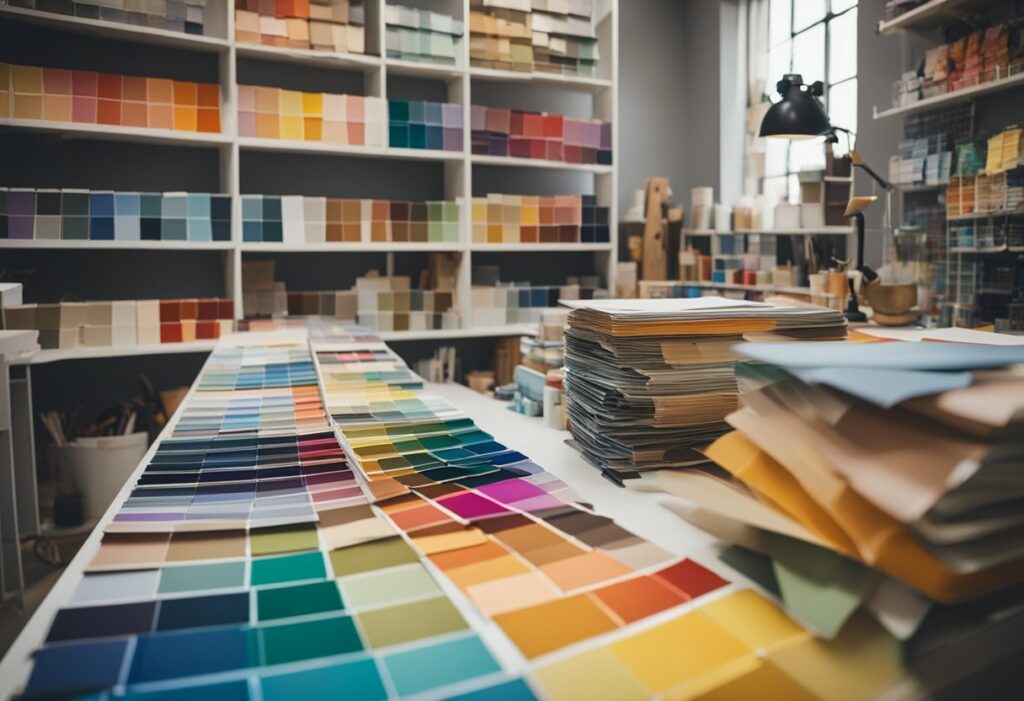Interior Design Workshop Ideas: Creative and Engaging Activities for Design Enthusiasts
If you’re an interior designer looking to share your expertise and help others learn about the craft, hosting an interior design workshop is a great way to do so. Workshops are an excellent way to engage with your community, build your brand and reputation, and share your knowledge with others. Whether you’re an experienced interior designer or just starting out, there are many different approaches you can take to creating a successful workshop.

Planning Your Interior Design Workshop Before you start planning your workshop, it’s important to define your objectives. What do you want your participants to learn? What skills or knowledge do you want to share? Once you’ve defined your objectives, you can start planning the content of your workshop. Consider creating a detailed outline of your workshop, including the topics you’ll cover, the activities you’ll do, and any materials or resources you’ll need.
Setting Up the Workshop Space The space you choose for your workshop can have a big impact on the success of your event. Consider the number of participants you expect to attend, the type of activities you’ll be doing, and any special requirements you’ll need, such as audio-visual equipment or work tables. Make sure the space is comfortable, well-lit, and has good acoustics. If you’re hosting your workshop in a public space or community centre, be sure to check their policies and procedures for hosting events.
Key Takeaways
- Define your objectives before planning your workshop content.
- Choose a comfortable and well-lit space that can accommodate your participants and activities.
- Consider offering a range of activities and resources to keep participants engaged and excited.
Planning Your Interior Design Workshop

Are you excited to plan your own interior design workshop? This section will guide you through the process of planning an engaging and successful event.
Identifying Your Target Audience
Before you start planning your workshop, it’s important to identify your target audience. Who do you want to attend your workshop? What are their needs and interests? Are they beginners or advanced designers? Once you have identified your target audience, you can tailor your workshop plan to meet their needs and interests.
Choosing the Right Location
The location of your workshop is an important decision that can impact the success of your event. Consider the resources you have available and the cost and price of the location. You want to choose a location that is easily accessible and has enough space to accommodate your attendees.
Creating an Engaging Workshop Plan
To create an engaging workshop plan, you need to be creative and interactive. Plan activities that allow your attendees to learn and practice their skills. Use videos and images to showcase your passion and insights in the world of interior design.
Promote your work on social media and other advertising channels to attract more clients. Make sure to include the cost and expenses of the workshop in your advertising.
In summary, planning an interior design workshop requires careful decision-making and creative planning. By identifying your target audience, choosing the right location, and creating an engaging workshop plan, you can provide value to your clients and grow your business.
Setting Up the Workshop Space

When it comes to hosting an interior design workshop, the space you choose can make a big difference in the success of your event. Here are some tips to help you set up your workshop space for maximum functionality and aesthetics.
Designing for Functionality and Aesthetics
The first step in setting up your workshop space is to consider the functionality and aesthetics of the space. You want to create a space that is both visually appealing and practical for the tasks at hand.
Consider the size of the space, the lighting, and the windows. Natural light is always best, but if that’s not possible, make sure you have adequate lighting to see your work. You may also want to consider the size of the space when deciding how many attendees you can comfortably accommodate.
When it comes to materials and finishes, natural stone materials like limestone veneer can add a touch of elegance to your workshop space. Interior tile and white oak flooring are also great options to consider. Custom cabinetry and a free-standing tub can also add a touch of luxury to the space.
Organisation and Storage Solutions
Organisation and storage are key to keeping your workshop space functional and efficient. Cabinets, shelves, and pegboards are all great options for storing tools and materials. Wall hooks can also be a great way to keep tools organised and within reach.
Consider investing in a quality workbench and toolboxes to keep your tools organised and easy to find. Shelving units and cabinets can also be a great way to keep everything organised and within reach.
When it comes to organising your materials, consider using a floor plan to help you visualise the space and plan out where everything will go. This can help you identify any potential problem areas and make sure you have enough storage space for all of your materials.
In summary, setting up your workshop space requires careful consideration of both functionality and aesthetics. With the right materials, organisation, and storage solutions, you can create a space that is both visually appealing and practical for your interior design workshop.
Frequently Asked Questions

How can I create an engaging interior design workshop with limited funds?
Creating an engaging interior design workshop on a limited budget is possible. First, you need to define your objectives and target audience. Then, consider using low-cost materials such as cardboard, paper, and recyclable materials to create mock-ups and models. You can also invite guest speakers who are willing to share their expertise for free or at a reduced fee. Additionally, you can promote your event on social media platforms and local community groups to reach a wider audience.
What are the top activities to include in an interior design workshop agenda?
The activities you include in your interior design workshop agenda should be tailored to meet the objectives of your workshop and the needs of your participants. Some popular activities include design challenges, group brainstorming sessions, hands-on design exercises, and design critiques. You can also include guest speakers, field trips to design studios or showrooms, and networking sessions to provide your participants with a well-rounded experience.
Where can I find inspirational interior design workshops in my local area?
To find inspirational interior design workshops in your local area, consider checking out local design schools, design studios, and community centres. You can also search online for design events and workshops in your area. Websites such as Eventbrite and Meetup are great resources for finding design-related events and workshops.
What are the core principles to cover in an interior design workshop for beginners?
Some core principles to cover in an interior design workshop for beginners include colour theory, spatial planning, lighting design, furniture selection, and materials and finishes. You can also cover design trends, design history, and design ethics to provide your participants with a well-rounded understanding of the field.
Can you suggest some dynamic exercises for a service design workshop focused on interiors?
Some dynamic exercises for a service design workshop focused on interiors include creating customer personas, journey mapping, service blueprinting, and prototyping. You can also include design thinking exercises such as ideation, rapid prototyping, and user testing to help your participants develop their problem-solving skills.
What are the essential elements to consider when organising an online interior design workshop?
When organising an online interior design workshop, some essential elements to consider include choosing a reliable video conferencing platform, creating engaging visual aids such as slides and videos, providing clear instructions and guidelines, and testing your technology and materials in advance. You can also consider using breakout rooms for group activities and providing participants with downloadable materials such as worksheets and templates.



